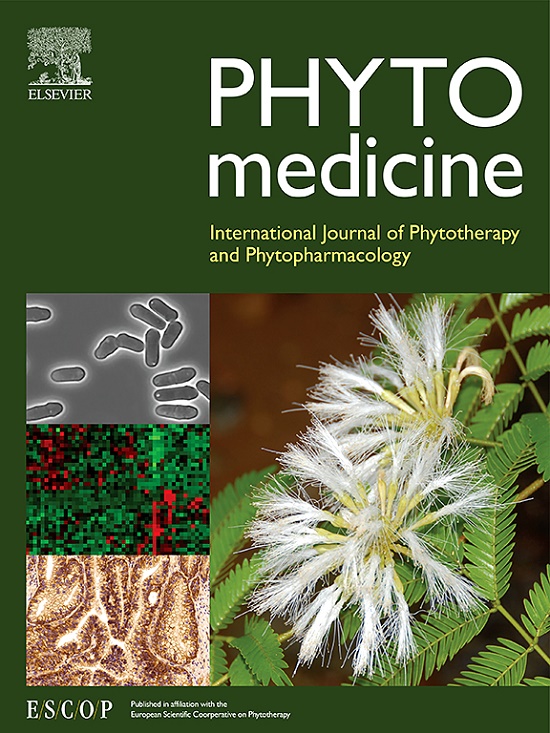Metabolism profiles of tannins in Phyllanthus emblica L. and its immunotherapeutic potential against hepatocellular carcinoma by re-educating tumor microenvironment
IF 6.7
1区 医学
Q1 CHEMISTRY, MEDICINAL
引用次数: 0
Abstract
Purpose
Hepatocellular carcinoma (HCC) is a leading cause of cancer-related mortality worldwide. Tumor-associated macrophages (TAMs) are key components of the immunosuppressive tumor microenvironment and represent significant obstacles to effective immunotherapy. Phyllanthus emblica L. (PE), a medicinal plant traditionally used in Tibet, has shown therapeutic promise. This study investigates the effects of the tannin fraction of PE (PE-TF) on HCC and its ability to modulate the tumor immunosuppressive microenvironment.
Methods
We evaluated the antitumor efficacy of PE-TF using H22 xenografts and Hepa1–6 orthotopic mouse models. Transcriptomic analysis was performed to identify molecular targets underlying PE-TF suppression of HCC growth. Additionally, UPLC-MS/MS analysis identified the prototypic and metabolic components of PE-TF present in serum, tumor tissues, and adjacent normal liver tissues in the orthotopic HCC model.
Results
PE-TF significantly suppressed tumor growth in both subcutaneous and orthotopic HCC models and promoted reprogramming of TAMs toward an antitumor M1 phenotype in vivo. Furthermore, PE-TF counteracted the protumoral effects mediated by bone marrow-derived macrophages (BMDMs) exposed to Hepa1–6-derived conditioned medium (HCM). Although TBH promoted macrophage M2 polarization, the reactive oxygen species (ROS)-scavenging activity of PE-TF effectively inhibited this process. Modulation of the tumor microenvironment by PE-TF-enhanced CD8+ T cell infiltration and bolstered their antitumor response, as evidenced by increased transcription of perforin, IFN-γ, and IL-2. Transcriptomic analysis further revealed that T-cell receptor and cytotoxic T-cell signaling pathways are critical mediators of PE-TF’ therapeutic effects. Moreover, we preliminarily characterized 79 components across serum, liver, and tumor tissues, and identified metabolic pathways for PE-TF ingredients—including methylation and glycosylation modifications of tumor-enriched constituents. Notably, seven components, such as corilagin and urolithin D, are hypothesized to possess immunomodulatory properties.
Conclusion
Our findings underscore the potential of PE-TF as an adjuvant immunotherapy for HCC. By scavenging ROS, PE-TF reverses the immunosuppressive M2-TAM phenotype and remodels the tumor microenvironment, thereby enhancing antitumor immunity. Additionally, integrating chemical and metabolic profiling offers a promising strategy for refining candidate selection in future drug discovery endeavors.

求助全文
约1分钟内获得全文
求助全文
来源期刊

Phytomedicine
医学-药学
CiteScore
10.30
自引率
5.10%
发文量
670
审稿时长
91 days
期刊介绍:
Phytomedicine is a therapy-oriented journal that publishes innovative studies on the efficacy, safety, quality, and mechanisms of action of specified plant extracts, phytopharmaceuticals, and their isolated constituents. This includes clinical, pharmacological, pharmacokinetic, and toxicological studies of herbal medicinal products, preparations, and purified compounds with defined and consistent quality, ensuring reproducible pharmacological activity. Founded in 1994, Phytomedicine aims to focus and stimulate research in this field and establish internationally accepted scientific standards for pharmacological studies, proof of clinical efficacy, and safety of phytomedicines.
 求助内容:
求助内容: 应助结果提醒方式:
应助结果提醒方式:


